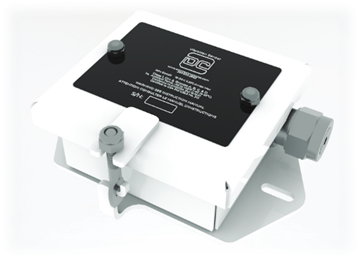Vibration Overview
Documents and Guides
Overview
A Vibration Sensor is an essential tool for monitoring and protecting the mechanical integrity of an engine and compressor package from what could potentially be a serious and expensive failure. Typically, traditional vibration sensors operate using a magnet and spring adjustment to trip when generally more vibration is present. This crude system does not provide any information as to what went wrong or exactly how much vibration was present at the time of trip. The EMIT Vibration Sensor provides similar protection but also includes data and information necessary to understand more about the fault. If the Vibration Sensor is connected to an EMIT DCT or EIM, the vibration trip setpoint can be set for a precise vibration or variance and the history can be displayed for analysis or diagnostics purposes. Up to sixteen Vibration Sensors can be configured into one system.
Features include
- Measurement of vibration acceleration up to 8g
- Measurement of vibration velocity standard scale to 0 – 2 inches per second (IPS)
- Connection via CAN-bus to EMIT panels – does not require any Brain (Annunciator) inputs
- Up to 16 vibration sensors can be used per panel
- Wide 12 – 30v input power option
- When used with EMIT panel, datalogs vibration levels for easy trending and downloading
- 4-20mA output option for use with non-EMIT panels as an analog input sensor
Specifications
Part Number
- 20400
Power
- 12 – 30VDC power supply input range
- Typical power consumption: 2W
- Maximum power consumption: 4W
Environmental
- Temperature: -40°C to +65°C (-40°F to 149°F) T4
- Humidity: 5% - 90%, non-condensing
Communication
- Controller Area Network (CAN) network for communication to EIM or DCT EMIT modules
- USB host for datalog access and software updates
- 4-20mA output for connection to third party annunciators. Output has fixed scale 4mA = 0 IPS, 20 mA = 2 IPS
